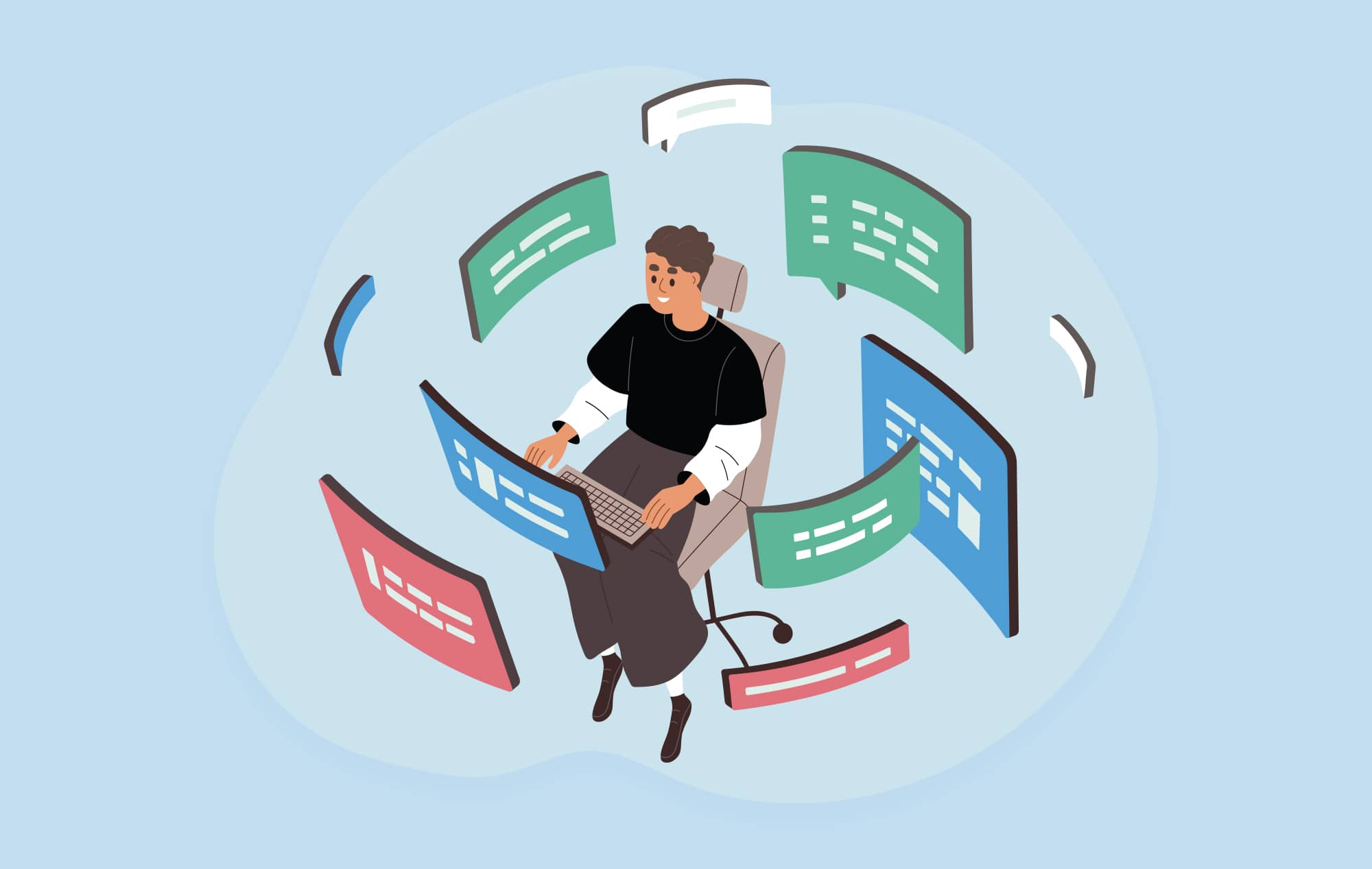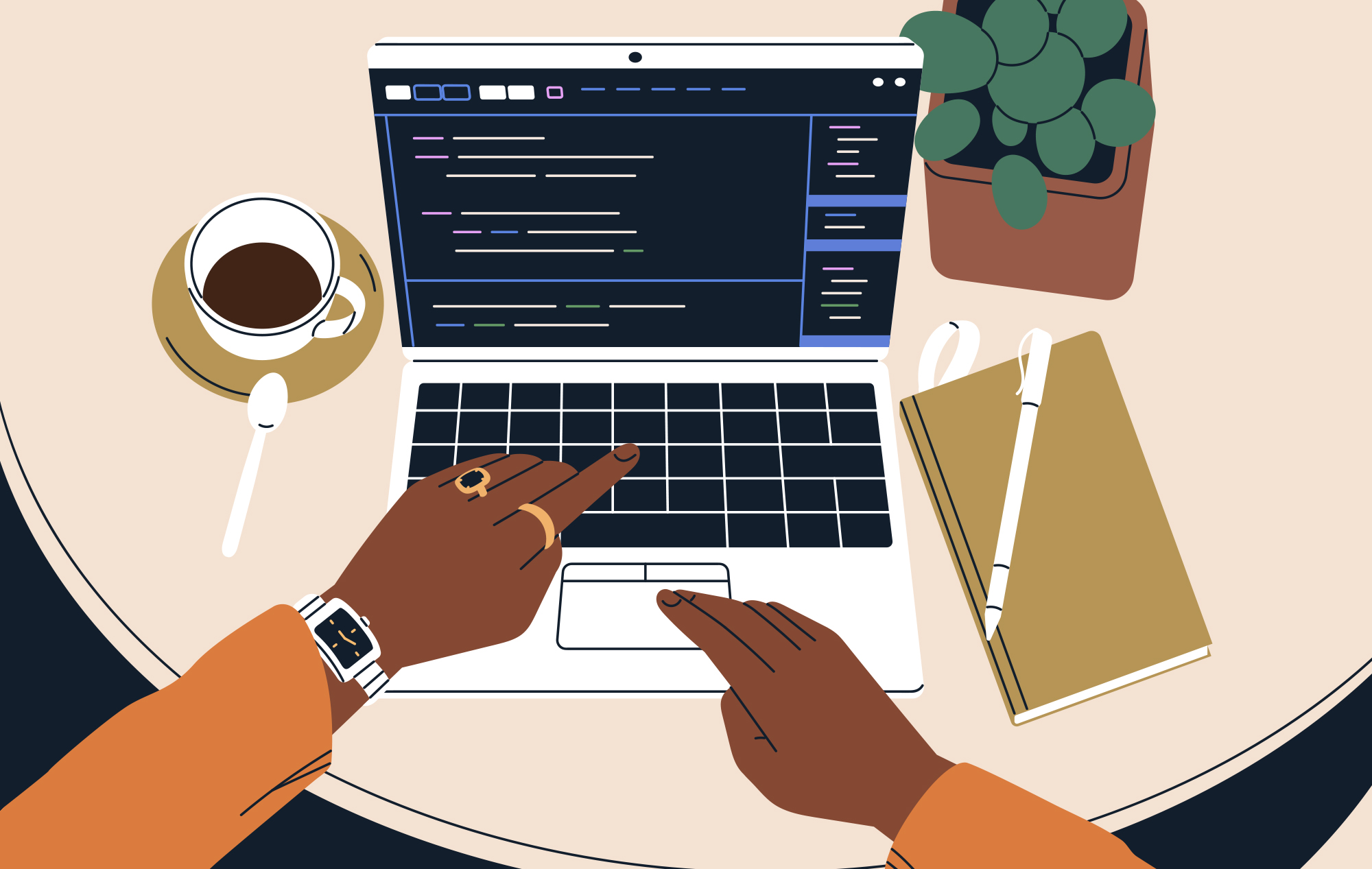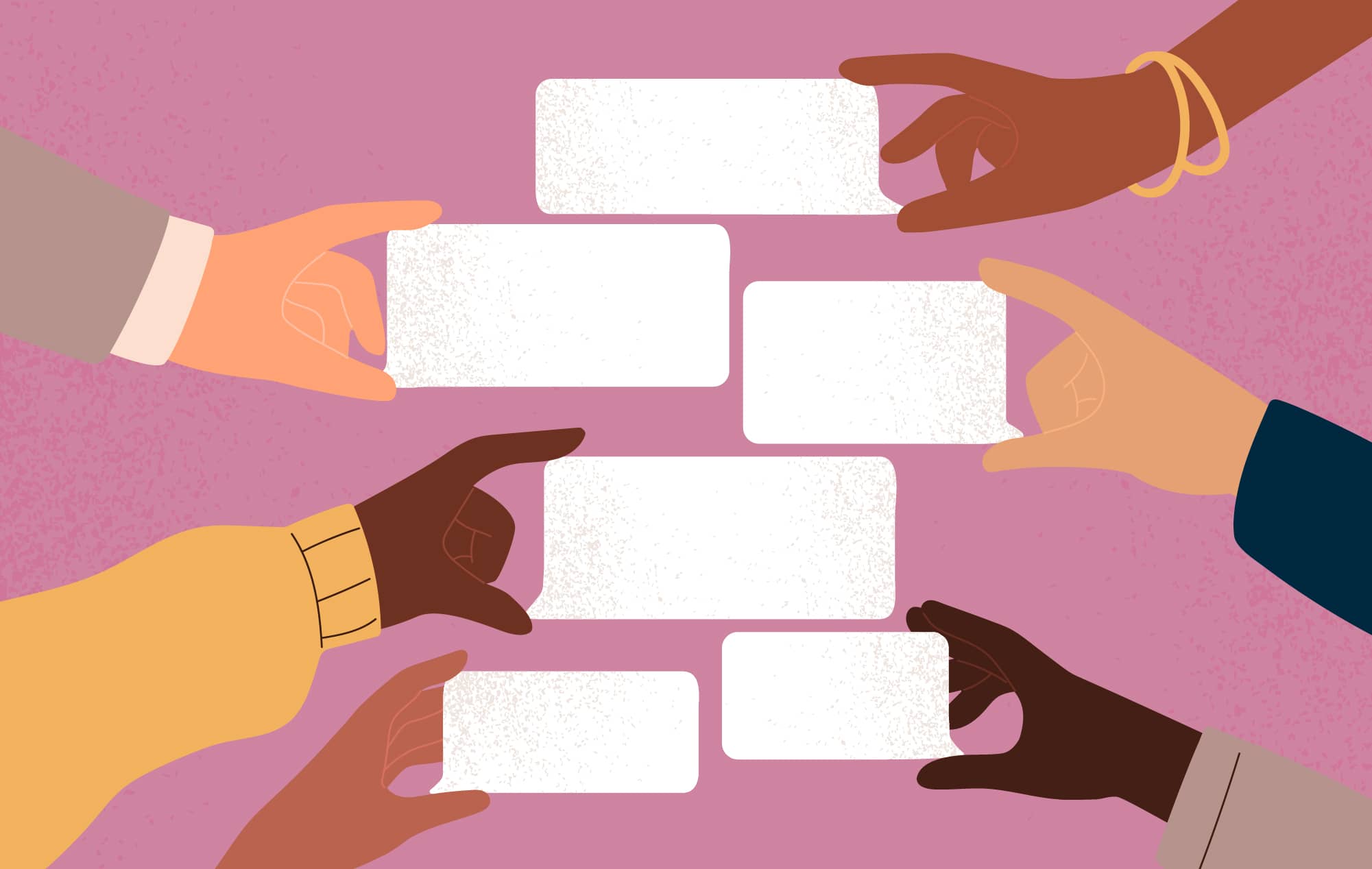Darrell Hilliker, who has been blind since birth due to glaucoma, had all of the necessary skills for the position he was applying for.
It was 2012, and a recruiter from human resources reached out about a job opening. The two exchanged emails and scheduled a Skype interview—which meant Hilliker would be disclosing his disability during the interview, something he often waited to tactfully reveal, on his terms.
A few minutes into the call, the recruiter asked Hilliker to remove his sunglasses, and when he did, the only response was a cringe-inducing, “Oh, wow.” The recruiter’s tone and demeanor completely changed and became standoff-ish for the remainder of the interaction, Hilliker recalls.
Despite the negative reaction, Hilliker secured the job, likely because of his skills, intelligence, and personality—which was evident after mere minutes of conversation. However, his time with the company didn’t last long.
“Things didn’t necessarily get better,” Hilliker tells InclusionHub.
At that time, scoring the job was a victory all in itself, a rare feat for people with disabilities, who historically suffer from high unemployment, driven largely by false perceptions about their capabilities and insufficient corporate investments to diversify workforces. The environment worsened in 2020 amid the novel coronavirus pandemic as employment among people with disabilities dropped to 17.9 percent, compared to 61.8 percent of their non-disabled counterparts, according to the U.S. Department of Labor’s Bureau of Labor Statistics.
Hilliker’s awkward interaction during the interview wasn’t his only negative experience navigating a labor market that has yet to fully appreciate the contributions people with disabilities bring to the table.
“It's been a mixed bag,” Hilliker says. “I've been to a lot of job interviews, where it's clear that it's not going well. There's a challenge with a lot of factors such as whether and when to disclose your disability, and how to disclose it. You have to be really careful about that. You have to do as much as you can to sort of prove yourself, you know, before you disclose [your disability].
“You want to try not to disclose your disability pre-interview on your job application or on your résumé,” he continues. “Because social attitudes are so poor, I think most HR people, even in the 21st century, would still pre-screen you out.”
Salesforce, Hilliker’s current employer, was the first company where he was able to successfully disclose his disability early in the hiring process. The San Francisco-based customer relationship management (CRM) provider invests heavily in creating a more inclusive workplace and in ensuring its platform and digital products are accessible.
“This is the first company where actually I felt like whether or not I had a disability didn't matter,” Hilliker said. “I was being hired for my skill set and my interest in the company.”
Hilliker is a Salesforce accessibility support engineer who reviews the accessibility of the company’s platform. Clients who have one or more employees with disabilities will report issues with the platform, and Hilliker follows up. He researches the complaint and determines how assistive technology can be used to address the problem or if the aspect of the platform needs to be investigated and fixed in an upcoming product release.
“We were struggling a little bit with our case reporting form,” Hilliker says of one recent concern he resolved. “We had a couple of drop downs that were having some keyboard accessibility issues. After they reported, we fixed them within the platform within two days.”
So, what can other employers do to support a more inclusive workplace?
It all starts with understanding the barriers those employers are creating for people with disabilities. Hilliker explains the top three obstacles individuals with disabilities face are low expectations from the general public about their capabilities, society not valuing people with disabilities as highly as those without, and lack of accessibility.
“It doesn't matter if you have the civil rights to do something when the environment is so disabling that it's not possible to do that thing,” says Hilliker. “For instance, if the user interface doesn't work with my screen reader, it's probably not practical for me to do that job. I might have the right to do that job, but it doesn't matter if the environment is designed to be so disabling that it's not possible or practical.”
From there, you should be able to infer the solution. Employers must understand that individuals with disabilities can bring the same skillset, intelligence, and expertise to a position—maybe even more—than a person without disabilities. They should also offer the same level of value to people with disabilities and meet—if not exceed—accessibility standards. With the technology and resources of the 21st century, there is no excuse to not be accessible.
“We have best practices, standards, and guidelines. If you're developing a web application, or a website, follow the Web Content Accessibility Guidelines,” explains Hilliker. “If you're developing an app, follow Apple's best practices and Google's best practices for creating them in an accessible manner. If you're creating documents, follow Microsoft's best practices, or follow Adobe's best practices for tagging PDF documents. There are companies and organizations in the accessibility industry that can help you integrate accessibility into your design and development processes.”
For non-technical businesses that are selecting vendors to perform certain functions such as health insurance, financial services, or application suites, there are important accessibility questions to ask:
- What is your accessibility status?
- What are you doing to be inclusive and accessible?
- Can you show me your accessibility conformance reports?
- Will people with disabilities be able to do their jobs by using your service or application?
- How will they be able to use your service or product?
The takeaway: By implementing an accessibility plan within your company and hiring processes, you ensure employment opportunities are inclusive, and everyone has the opportunity to succeed.
“It’s estimated that 15 percent of the world population has some kind of disability, so it's critical to have a plan,” says Hilliker. “Failure to plan is a plan to fail.”
This article is part of a series focusing on the contributions people with disabilities make to the labor force and in commemoration of Disability Employment Awareness Month, an annual initiative.






Leave a Comment